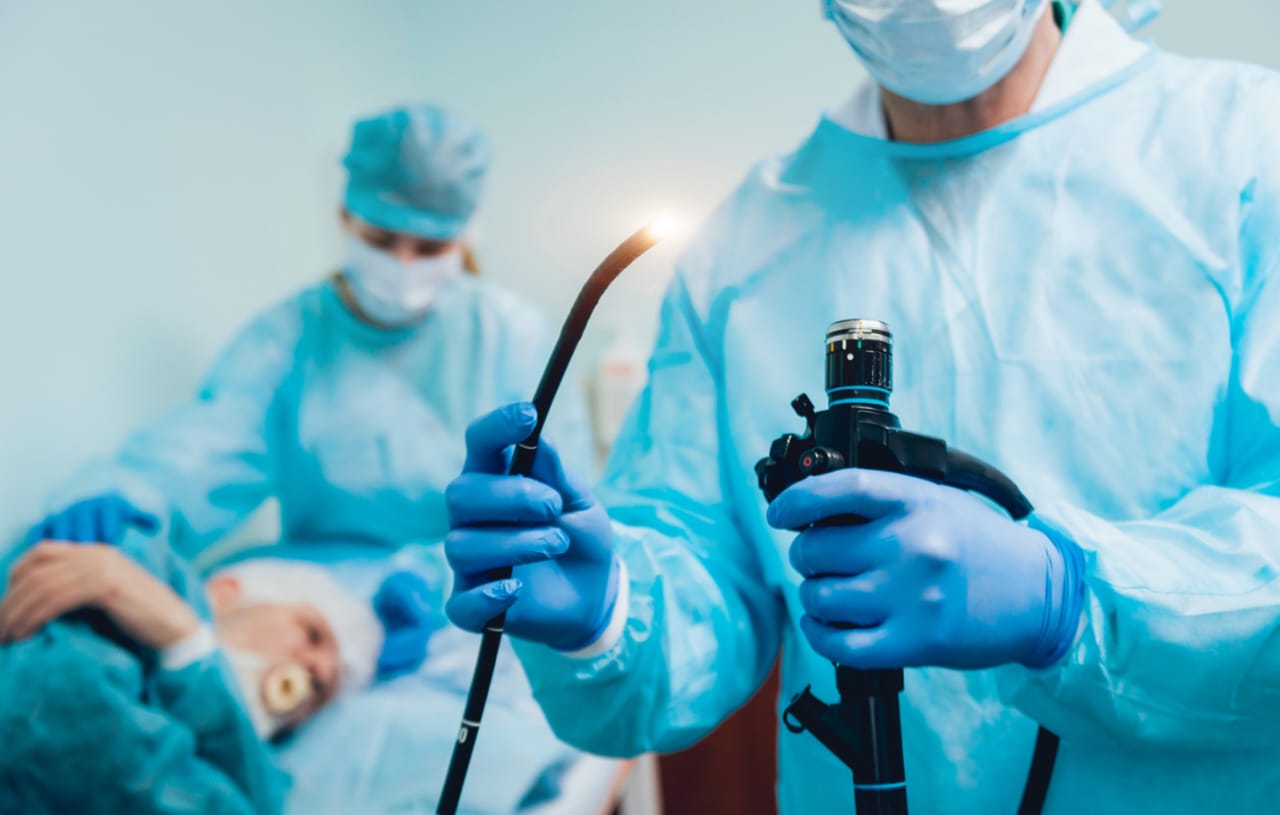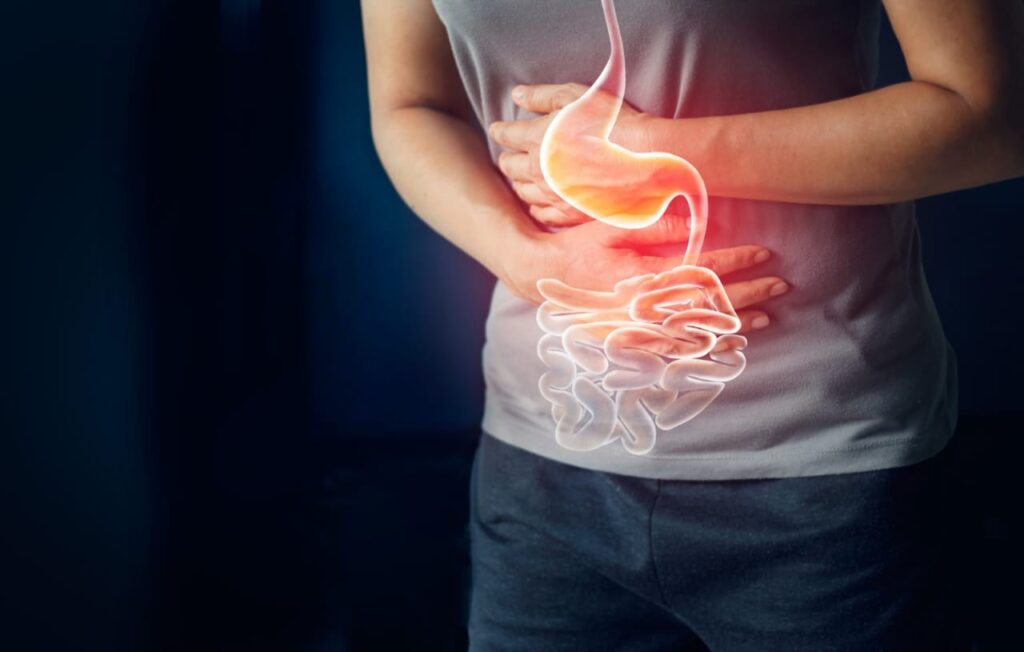- Bloating
- Stomach, Intestine & Liver Cancer
- Constipation
- Gallstone
- Dysphagia
- Inflammatory Bowel Disease
- Pancreatitis
- SIBO
- Barrett’s Esophagus
- Blood in Stools / Vomitus
- Celiac Disease
- Diarrhea
- Fatty Liver
- GERD
- Irritable Bowel Syndrome
- Piles
- Diagnostic Upper GI
- Colonoscopy
- Variceal Band Ligation
- Endoscopic Glue Injection
- Foreign Body Removal
- Hemoclip Application & Polypectomy
- Percutaneous Endoscopic Gastrostomy (PEG) Tube Placement
- Self-Expandable Metallic Stent
- Sigmoidoscopy and Colonoscopy
- Stricture Dilatation
- ERCP (CBD/PD Stenting).
- Gastroenterology
- Hepatology
- Endoscopy
CONTACT US
-
Gastronaut Clinic
3, Lilac Garden CHS, Opp. Metro Link Hotel, After Ganesh Chowk, Near Anand Nursing Home, Charkop, 90 Feat Road, Kandivali West, Mumbai – 400067. - Timing : Mon – Sat (6:00 PM To 8:00 PM)
- (+91) 8369414120
-
Gastronaut Clinic
Raj Oaks Building, 301, 3rd floor, MTNL Road, Near Don Bosco School, Mira Road East. - Timing : Mon, Wed, Thur (4:00 PM To 5:00 PM)
- (+91) 8369414120

Endoscopy
Types of Endoscopy
When is Endoscopy necessary?
INDICATIONS OF UGI ENDOSCOPY
- Dyspepsia unresponsive to medical therapy or associated with systemic signs
- Dysphagia
- Odynophagia
- Persistent gastroesophageal reflux symptoms
- Occult gastrointestinal bleeding
- Biopsy for known or suggested upper GI disease (eg, malabsorption syndromes, neoplasms, or infections)
- Therapeutic intervention (eg, retrieval of foreign bodies, control of hemorrhage, dilatation or stenting of stricture, ablation of neoplasms, or gastrostomy placement)
CONTRAINDICATIONS
Contraindications for UGI scopy include the following:
- Possible perforation
- Medically unstable patients
- Unwilling patients
- Anticoagulation, pharyngeal diverticulum, or head and neck surgery (relative contraindications)
Diagnostic UGI scopy is considered a low-risk procedure for bleeding in patients on anticoagulants and therefore can be performed without adjustment of anticoagulants before the procedure. However, if polypectomy or any therapeutic intervention is contemplated or conceivable, then the patient’s coagulation profile should be normalized. A risk of retropharyngeal hematoma also may be present in patients with severe coagulation abnormalities.
Certain therapeutic procedures ( dilations, percutaneous endoscopic gastrostomy [PEG], polypectomy, endoscopic sphincterotomy, ERCP, EUS-guided fine-needle aspiration [FNA], laser ablation, and coagulation) are considered high-risk procedures for bleeding, and adjustment of anticoagulation may be necessary.
Complications are very less common in diagnostic procedures if patients health profile is good, also if endotherapy or emergency situation arises, based on the underlying disease profile of patient and the indication and patients hemodynamic condition, the complications vary.
The possible complications that may happen occasionally but need to be mentioned include:
- Bleeding
- Infection
- Perforation
- Cardiopulmonary problems
In experienced hands and in stable patients, the rate of complications is really very low. Procedure is generally very safe if done properly under monitored conditions after properly selecting patient profile and necessary precautions at a Centre with proper facilities and done by a Qualified person.

PRE-PROCEDURE TESTS AND FORMALITIES:
Preprocedural testing in selected cases might include,
- Complete blood count (CBC),
- Triple H,
- INR
- Chest xray PA view
- Electrocardiography (ECG) / 2Decho as per patients profile if necessary
- Anesthetist fitness/Cardiologist fitness/Physician fitness – only as per patient profile if necessary
- Appointment with Procedure room-through an assistant
- Clearance from the reception
- Willful consent from patient & relative after understanding all terms, procedure, indication, need, alternative options, outcome, and prognosis risk & related counselling.
PATIENT PREPARATION
Topical anesthesia (eg, with lidocaine) is administered.
Advantages of topical anaesthesia
- Eliminating the risk of sedation,
- Decreasing the cost of the procedure
- Less recovery time

Procedure for Endoscopy
1. Topical anesthesia (eg, with lidocaine) is administered.
2. The patient is usually placed in the left lateral position.
3. Administer topical and/or IV sedation to minimize gagging and to facilitate the procedure.
4. An antispasmodic agent (eg, hyoscine,etc) may be given to suppress gastrointestinal (GI) peristalsis.
5. Bite block is placed to prevent damage to the endoscope and to ease its passage through the mouth.
6. Under direct vision, pass the endoscope through the pharynx, esophagus, and stomach and into the duodenum, with careful inspection upon both insertion and slow withdrawal.
7. Insufflation of air is done to distend the lumen so as to facilitate viewing. Liquid and particulate matter can be aspirated through the suction channel.
8. As the endoscope is gently inserted into the specific area of interest, such as the digestive tract or even the joints, the camera captures high-resolution images that are transmitted in real-time to a monitor. This allows the doctor to visually inspect the area and identify any abnormalities, like ulcers, tumours, or inflammation.
9. Additionally, instruments can be passed through the endoscope to take tissue samples for further examination, remove polyps, or even perform endoscopic procedures if needed.
Once the procedure is complete, the endoscope is carefully withdrawn, and the patient is closely monitored before they are allowed to go home. With its remarkable ability to provide detailed and accurate diagnostic information, endoscopy has become an indispensable tool in modern medical practice, transforming the way doctors detect and treat various conditions within the body.
COMPLICATIONS
Complications are very less common in diagnostic procedures if patients health profile is good, also if endotherapy or emergency situation arises, based on the underlying disease profile of patient and the indication and patients hemodynamic condition, the complications vary.
The possible complications that may happen occasionally but need to be mentioned include:
- Bleeding
- Infection
- Perforation
- Cardiopulmonary problems
In experienced hands and in stable patients, the rate of complications is really very low. Procedure is generally very safe if done properly under monitored conditions after properly selecting patient profile and necessary precautions at a Centre with proper facilities and done by a Qualified person.



